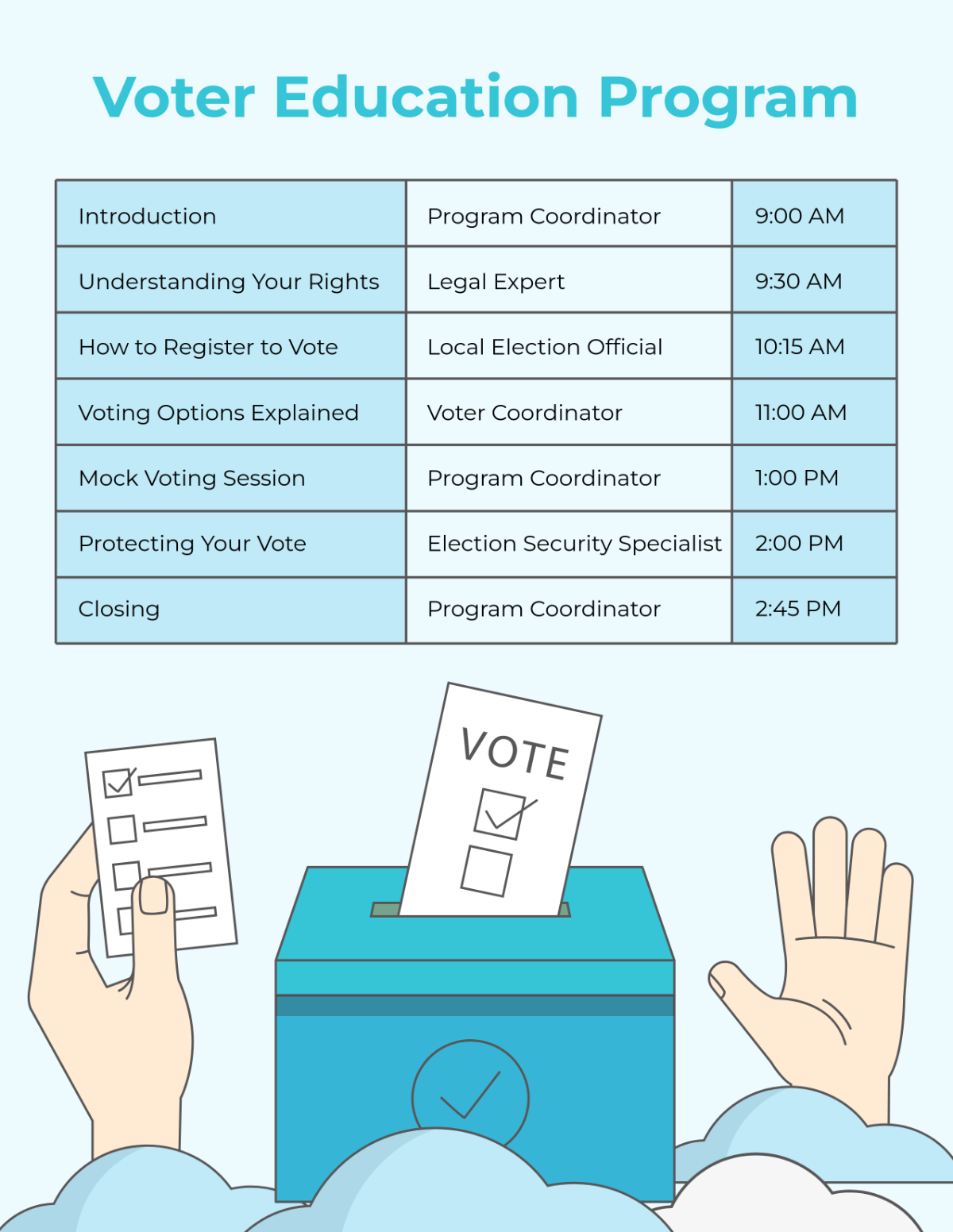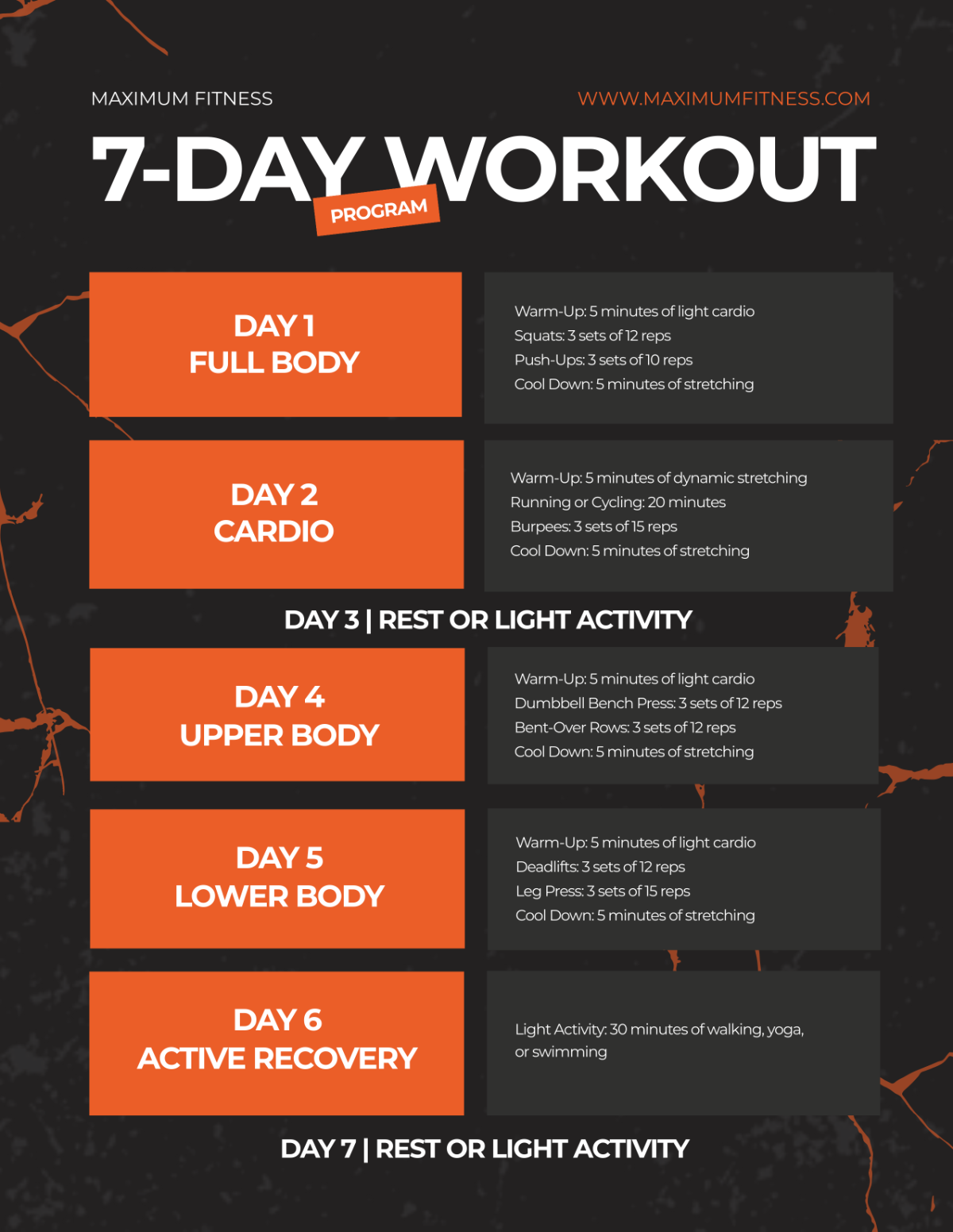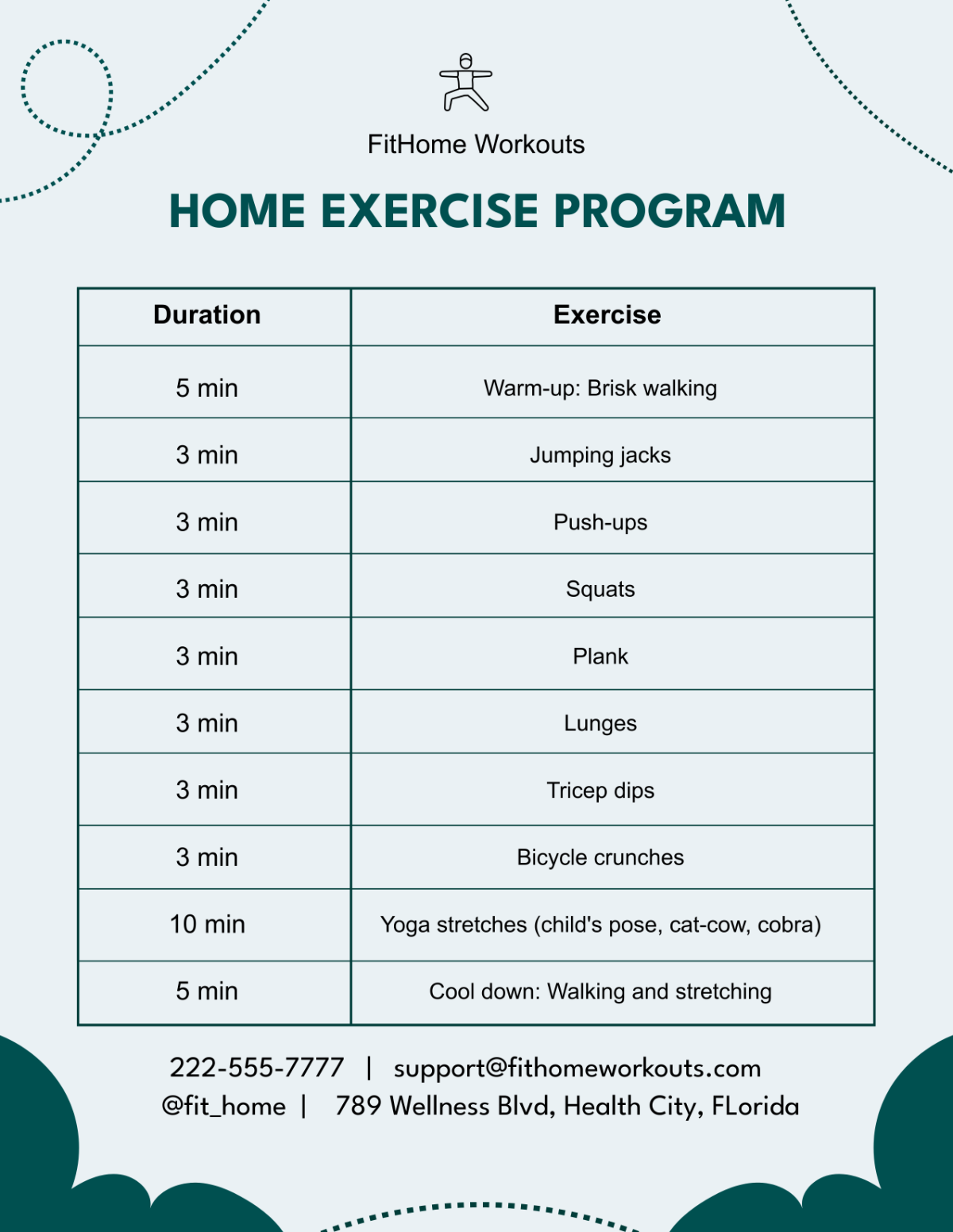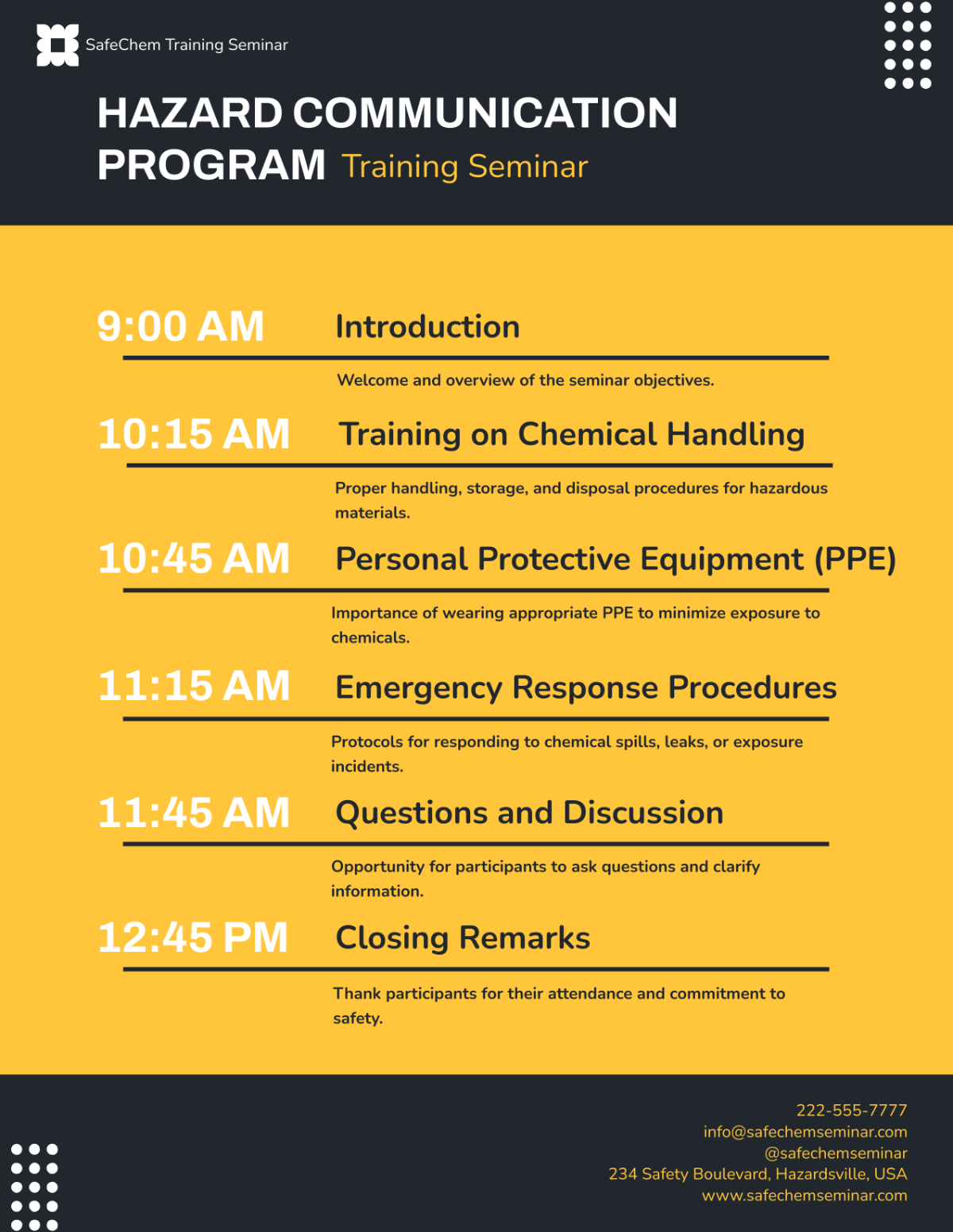Workplace Ergonomics Program Manual
I. Executive Summary
Introduction to Ergonomics: Ergonomics is the science of designing the workplace, keeping in mind the capabilities and limitations of the worker. The goal is to ensure that work tasks, equipment, information, and the environment fit each employee to optimize health and productivity. |
Purpose of the Program: This program aims to reduce work-related injuries and discomfort by incorporating ergonomic principles into the daily operations of [Your Company Name]. By improving workstation design and work practices, the program seeks to enhance employee well-being and efficiency. |
Scope of the Manual: This manual serves as a comprehensive guide for implementing the ergonomics program. It covers risk assessment, solution implementation, training, program monitoring, and integration with existing health and safety policies. It is intended for use by management, the health and safety team, and all employees. |
II. Ergonomic Risk Assessment
Effective ergonomic risk assessment is foundational for identifying workplace challenges. This section outlines methods such as employee surveys and workstation analysis, guiding through the assessment process and emphasizing the importance of thorough documentation and reporting of ergonomic risks.
A. Risk Identification Methods
Ergonomic risks are identified through methods such as employee surveys, workstation analysis, and injury data review. These methods help in pinpointing areas where ergonomic improvements are needed.
Method | Description | Application in Assessment |
Employee Surveys | Collecting feedback on ergonomic concerns and discomfort | Used to identify common areas of ergonomic issues reported by employees |
Workstation Analysis | Detailed examination of workstation setups for ergonomic alignment | Applied to evaluate the physical layout and equipment used at workstations |
Injury Data Review | Analyzing past injury reports linked to ergonomic issues | Helps in identifying trends and specific areas with higher risk of ergonomic injuries |
B. Assessment Process
The ergonomic risk assessment involves evaluating job tasks, workstation setup, and employee interactions with their work environment. The process includes observing employees at work, discussing with them about their tasks, and identifying potential ergonomic issues.
Step in Process | Action | Purpose |
Observation | Observing employees during their regular work routines | To assess how they interact with their work environment and identify any immediate ergonomic issues |
Employee Discussions | Conversations with employees about their tasks and discomforts | To gain insights into specific ergonomic challenges they face in their roles |
Ergonomic Issue Identification | Identifying potential ergonomic risks based on observations and discussions | To pinpoint specific areas requiring ergonomic intervention |
C. Documentation and Reporting
All findings from the ergonomic assessments are documented in a standardized format. The report includes identified risks, their potential impact, and suggested improvements. This documentation is crucial for tracking progress and ensuring accountability.
Aspect of Documentation | Details | Importance |
Risk Documentation | Recording identified ergonomic risks and their contexts | Essential for maintaining a record of existing ergonomic issues |
Impact Analysis | Evaluating the potential impact of identified risks | Helps in prioritizing risks based on their severity and impact |
Improvement Suggestions | Proposing ergonomic improvements and solutions | Provides a basis for planning and implementing ergonomic interventions |
III. Ergonomic Solutions and Implementation
This section details the implementation of ergonomic solutions like adjustable furniture and tools to improve workstations. It includes guidelines on effective workstation design, use of ergonomic equipment, and strategies for successfully implementing these solutions in the workplace.
A. Workstation Ergonomics
Guidelines include adjustable seating, proper monitor height, and adequate desk space. The goal is to create workstations that support a neutral body posture and reduce strain.
Guideline | Description | Purpose |
Adjustable Seating | Chairs with adjustable height, backrest, and armrests | To support proper posture and reduce back strain |
Monitor Height | Positioning the monitor at or slightly below eye level | To maintain a neutral neck position and reduce strain |
Adequate Desk Space | Ensuring sufficient space for free movement of legs and arms | To facilitate a comfortable working posture and reduce clutter-related stress |
B. Ergonomic Equipment and Tools
This includes the use of ergonomic keyboards, mouse devices, and other tools designed to minimize physical strain. Proper usage instructions for these tools are provided to ensure maximum benefit.
Equipment/Tool | Function | Ergonomic Benefit |
Ergonomic Keyboards | Designed to reduce strain on wrists and hands | Prevents repetitive strain injuries and carpal tunnel syndrome |
Ergonomic Mouse Devices | Contoured design to fit the natural hand position | Reduces wrist strain and improves comfort |
Document Holders | Keeps documents at eye level | Reduces neck strain and enhances visual ergonomics |
Footrests | Supports feet for those whose feet don’t rest flat on the floor | Promotes better posture and reduces lower back strain |
Task Lighting | Adjustable lighting for individual workspace needs | Reduces eye strain and improves focus |
Anti-Fatigue Mats | Designed for standing workstations | Reduces strain on legs and back during prolonged standing |
Adjustable Arm Supports | Provides support while typing or using a mouse | Reduces shoulder and arm strain |
Headsets | For hands-free phone usage | Reduces neck strain from cradling the phone |
Laptop Stands | Raises laptop screen to eye level | Promotes better neck posture and reduces strain |
Wrist Rests | Support for wrists while typing and using a mouse | Prevents strain on wrists and forearms |
Sit-Stand Desks | Allows alternating between sitting and standing | Reduces risks associated with prolonged sitting |
Ergonomic Chairs | Chairs with adjustable components for individual needs | Supports various body types and encourages proper posture |
C. Implementation Strategies
The implementation of these ergonomic solutions follows a phased approach. Priority is given to departments and roles identified as high-risk during the ergonomic assessment. Employee feedback is continuously sought and incorporated, ensuring that the ergonomic solutions are tailored to the diverse needs of various job roles. This iterative process allows for adjustments and refinements, ensuring the ergonomic interventions are effective and well-received by the workforce. Regular training sessions and awareness campaigns complement the physical changes, fostering a culture of ergonomic mindfulness.
IV. Training and Education
Training and education are vital for sustaining ergonomic practices. This section describes the ergonomic training programs for employees, awareness campaigns to keep ergonomics in focus, and the provision of educational resources for ongoing learning and reference.
A. Ergonomics Training Programs
Training sessions are conducted for employees and managers, focusing on ergonomic best practices, risk identification, and correct use of ergonomic tools. These programs are designed to empower employees to make informed decisions about their work environment.
B. Awareness Campaigns
Regular campaigns are organized to keep ergonomics a priority. These include posters, newsletters, and workshops, highlighting the importance of ergonomics in workplace safety and health.
C. Educational Resources
A repository of ergonomic resources, such as guidelines, best practices, and tool usage instructions, is made available to all employees for reference and continuous learning.
V. Program Monitoring and Evaluation
Monitoring and evaluating the ergonomic program ensures its effectiveness. This section discusses techniques for monitoring ergonomic interventions, criteria for evaluation, and the importance of feedback for continuous improvement of the program.
A. Monitoring Techniques
The program is regularly monitored through methods like follow-up assessments, employee feedback, and review of injury reports. This helps in gauging the effectiveness of ergonomic interventions.
B. Evaluation Criteria
Success is evaluated based on criteria such as reduction in ergonomic-related injuries, employee feedback, and improvements in workplace efficiency. These criteria help in measuring the tangible impacts of ergonomic changes.
C. Feedback and Continuous Improvement
An open feedback system is established to gather suggestions and concerns from employees. This feedback is crucial for continuously improving and adapting the ergonomics program to meet evolving needs.
VI. Roles and Responsibilities
The success of an ergonomics program relies on clear roles and responsibilities. This section outlines the duties of program administrators, the expectation from employees, and the support required from management to drive ergonomic changes.
Program Administration: Outlines the responsibilities of the ergonomic team and program administrators, including planning, implementation, and monitoring of ergonomic practices.
Employee Participation: Employees are encouraged to actively participate in the program by adhering to ergonomic practices, attending training sessions, and providing feedback.
Management Support: Management plays a crucial role in endorsing the program, providing necessary resources, and fostering a culture that values ergonomic health.
VII. Health and Safety Integration
Integrating ergonomics with existing health and safety policies is essential for a comprehensive approach. This section covers how the ergonomics program aligns with health and safety policies, injury management and reporting procedures, and compliance with legal requirements.
Integrating with Health and Safety Policies: The ergonomics program is aligned with existing health and safety policies, ensuring a comprehensive approach to employee well-being.
Injury Management and Reporting: Procedures for managing and reporting ergonomic-related injuries are detailed, emphasizing prompt response and corrective actions.
Compliance and Legal Requirements: The program adheres to all relevant occupational health and safety laws, ensuring that the company remains compliant with legal standards.
Prepared by:
[Your Name]
[Your Job Title]
[Your Company]
© [Year] [Your Company Name]. All Rights Reserved.

















































